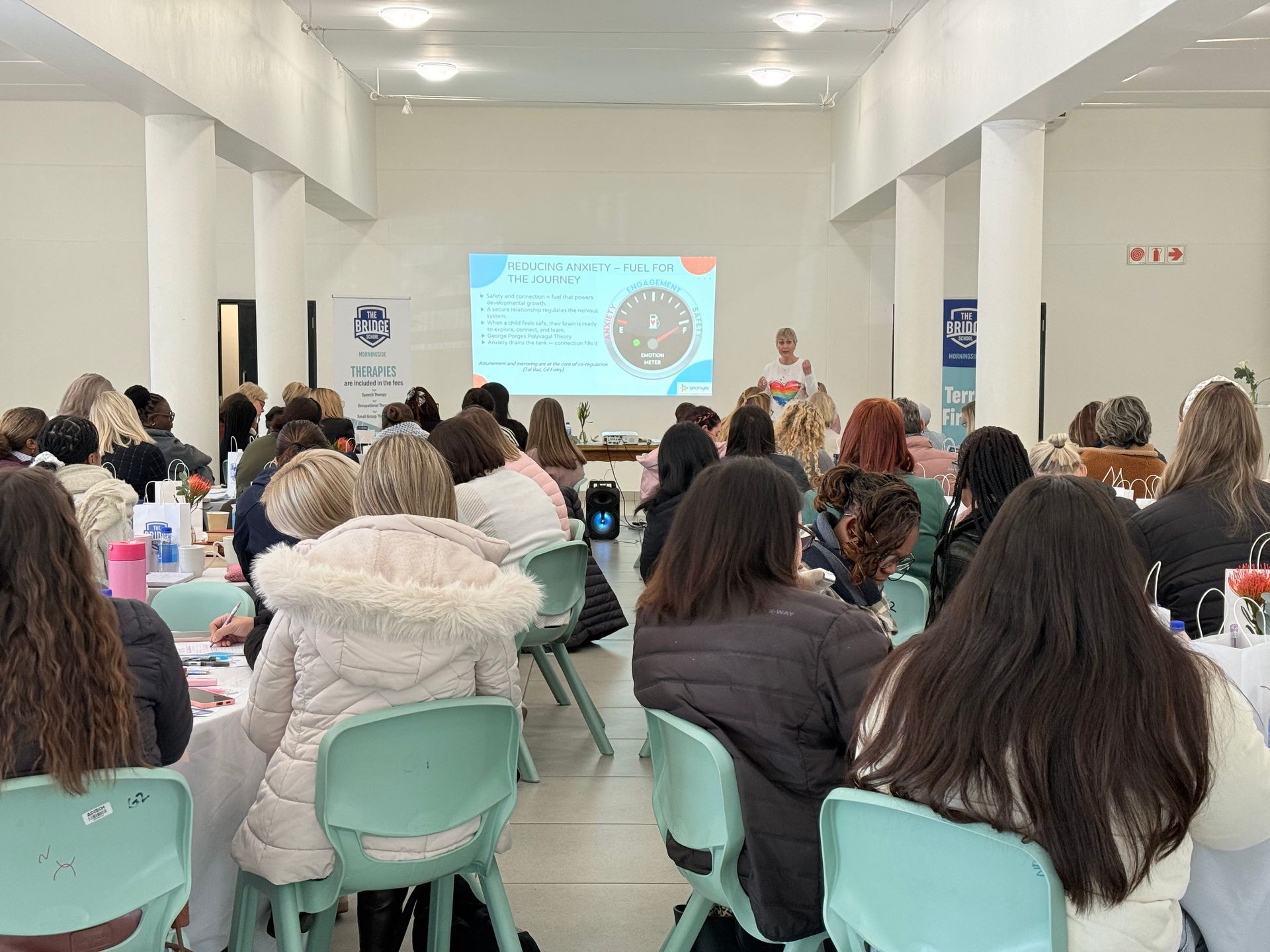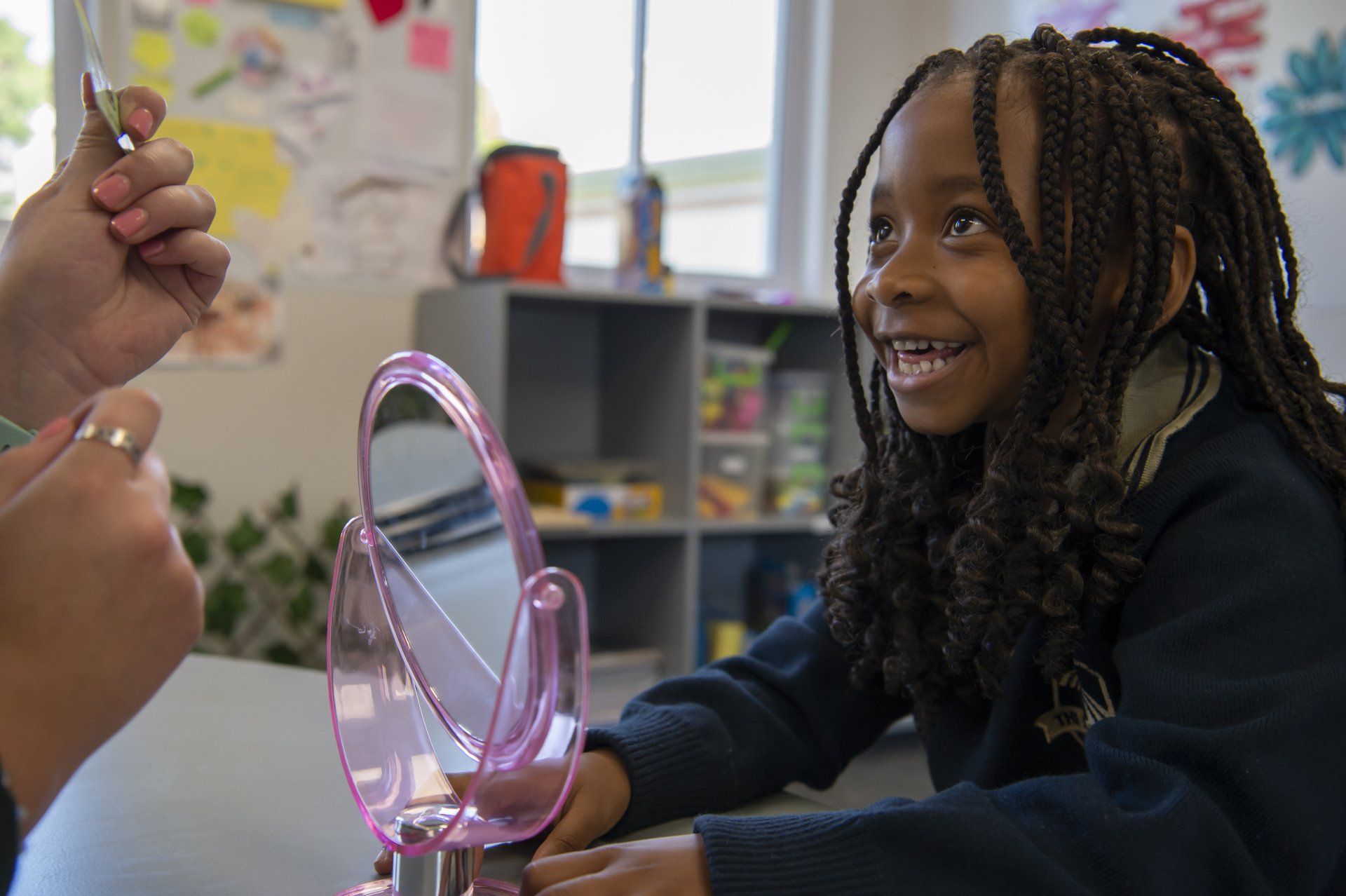The Silent One

A school is not a quiet place. In my experience children constantly talk and more often than not they talk at the same time. Keeping everyone quiet in class can be a big challenge.
Then there have been a few occasions where I have taught a child who doesn’t talk at all. The silent one. They were not only quiet and shy but did not talk at all! This is how I have learned about and experienced ‘Selective Mutism.’
According to Dr. Elisa Shipon-Blum
Selective Mutism is an anxiety disorder. These children prefer not to talk in social settings as a result of the extreme anxiety they feel. It is important to know that many children with Selective Mutism were early speakers without any speech delays/disorders.
Parents are often confused and surprised when they get feedback that their child never communicates at school as these children are often loud and boisterous at home and extremely verbal. Proving that they are able to selectively speak and communicate in settings where they are comfortable and relaxed.
These children become mute in any setting where they are expected to talk. This can be experienced in public places such as a restaurant, family gatherings and then of course the school environment where social interaction is constantly required. According to Dr. Elisa Shipon-Blumi it is common for a child with selective mutism to have a blank facial expression. In my own classroom I have found that they tend to ‘disappear’. They do not want anyone to notice them and are fearful of being put ‘on the spot.’
So how do you as a teacher handle a child with Selective Mutism? The most important thing to focus on is dealing with the anxiety. Be aware of the child’s tendency to ‘disappear’ in class of their quietness. Remove all pressure and expectations for the child to speak. Try to treat the child as normal as all the other children in your class. Do not make an issue of the fact that the child does not want to talk. As a teacher there is a tendency to talk for the child or to only give them yes or no questions. Your job as teacher is not to make the child speak but rather to minimise the anxiety in the classroom activities for the child.
In some instances, these children develop one or a few friendships and will whisper or even speak to a few children in school especially on the playground. They do experience the need for social interaction. They might also communicate nonverbally in class by nodding their heads or pointing if they need to answer a question. Nonverbal communication is acceptable when the child is new to the classroom environment. However, strategies and interventions need to be put in place to help the child to progress from nonverbal to verbal communication.
Seat the child to the side of the classroom, preferably not in front or in the centre where everyone can see them. Avoid eye contact at first. In my own experience, it is better to gain the child’s trust by not putting any kind of pressure on them, but also not by excluding them from the classroom activities. I have found that sometimes it works to create spontaneous opportunities for the child to speak. For example, if we do counting on the carpet I will go around and throw a ball randomly to each child. That child must then give the next number. The children enjoy this and get very excited. I have experienced that the children with selective mutism get so involved and excited with the other children that when they catch the ball they sometimes give the answer as there is not enough time to register the anxiety around talking. That can be a big moment for you as a teacher, but it is very important to not make a big deal out of it. Just continue with the game and act as if this is normal behaviour for the child.
It is important to know as a teacher that these children can be referred to specialists that can assist with medical treatments and advice in order to reduce anxiety, the main culprit behind selective mutism.
Written by Linda Langefeld











